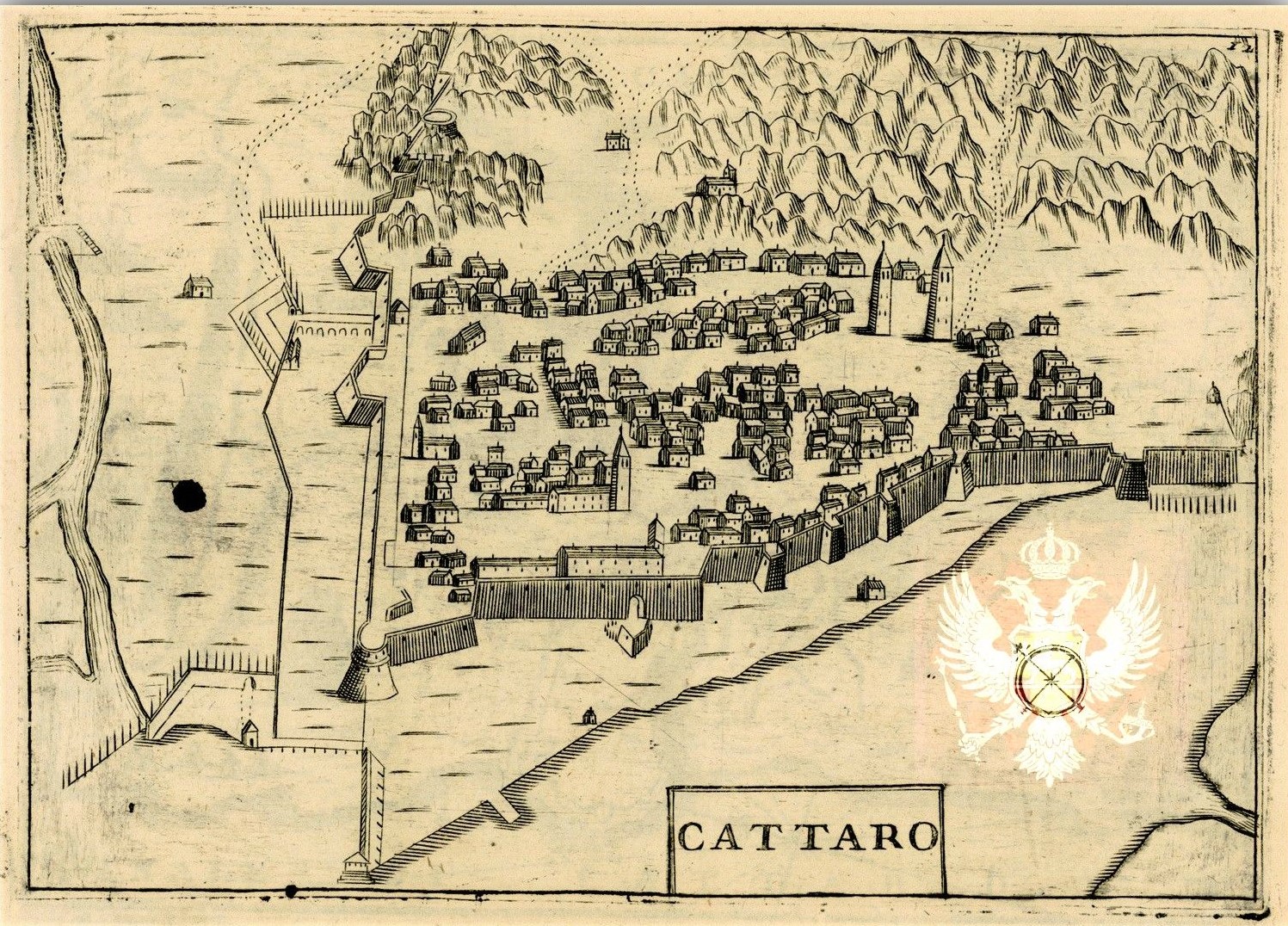Centuries young
The symbiosis between the living world and nature has long been established in this area. This is testified by the presence of man whose traces of material culture date as far back as to the Neolithic Age and Early Bronze Age, therefore about 3 000 years ago.
The oldest prehistoric drawings on the cave walls at Lipci and the Neolithic findings in the cave above Perast, stone tumuli in Grbalj all bear testimony to that. Their position and type are a consequence of the morphological features of the relief, socio-cultural and socio-economic circumstances at the time of their origin. These circumstances were being changed during history, and the history of this region had started being written by the Illyrians as of the 3rd century BC up to the year 168 BC. Numerous tumuli, minted money, jewellery, place-names, remains of edifices date back to that period.
In 168 BC, the Romans overpowered the Illyrians and ruled over Boka until the fall of the Western Roman Empire in 476. At that time Risan was the principal town of Boka after which it was called Sinus Rhizonicus. In the 1st century AD, Pliny the Elder mentions Acruvium, located in the territory of the present-day Kotor.
After the fall of the Western Roman Empire, Boka came under the rule of the Eastern Empire (Byzantium), with Kotor as its principal town. From that time onwards the bay has been called Boka Kotorska Bay. With brief interruption and the rule of Doclean and Zeta rulers from the immediate hinterland, Boka Kotorska had remained within Byzantium until 1185, when it becomes a part of Raška, Serbian state under the Nemanjićs. Kotor became an important port thanks to its geographical position, where maritime route encountered the caravan one that led through the Škurda River Canyon on to the mines of Brskovo, Drvenik, Trepča and Novo Brdo.
In 1371, Kotor falls under the rule of Louis I, the king of Hungary and Croatia, until his death in 1384.
Bosnian king Tvrtko Kotromanić ruled over Kotor from 1384 to 1391.
In the period from 1391 to 1420, Kotor enjoyed autonomy, after which it comes under the dominion of the Venetian Republic until its fall in 1797.
After the fall of the Venetian Republic, Boka Kotorska was ceded to Austria until 1806 when it comes under the rule of Russia, but only briefly, as already in 1807 it is ceded to France.
Appreciating the desire of the peoples to live in one state, Montenegro and Boka Kotorska Bay decided to make a union at the national assembly on which occasion so called Central Commission was established. The Central Commission was chaired by Peter I. The unification act was officially sealed by Kotor Bishopric. However, this unification lasted solely nine months, from 11th September 1813 to 10th June 1814.
The destiny of Boka was decided in 1814 following a treaty signed among the great powers. According to the decision of the Congress of Vienna, Boka Kotorska came under the dominion of Austria where it remained until 1918. The dissatisfaction of the inhabitants of Boka with their position and status in the country was manifested through Grbalj uprising in in 1848, Boka uprising in 1869 and Krivošije uprising in 1882.
As of the year 1918, Montenegro followed the destiny of the Yugoslav states, within the joint country, the Kingdom of Serbs, Croats and Slovenes, then in the Kingdom of Yugoslavia, and then after the World War II in the Socialist Federative Republic of Yugoslavia until 1991, and then in the union with Serbia until 2006, when it became an independent state following the popular vote at the referendum.



